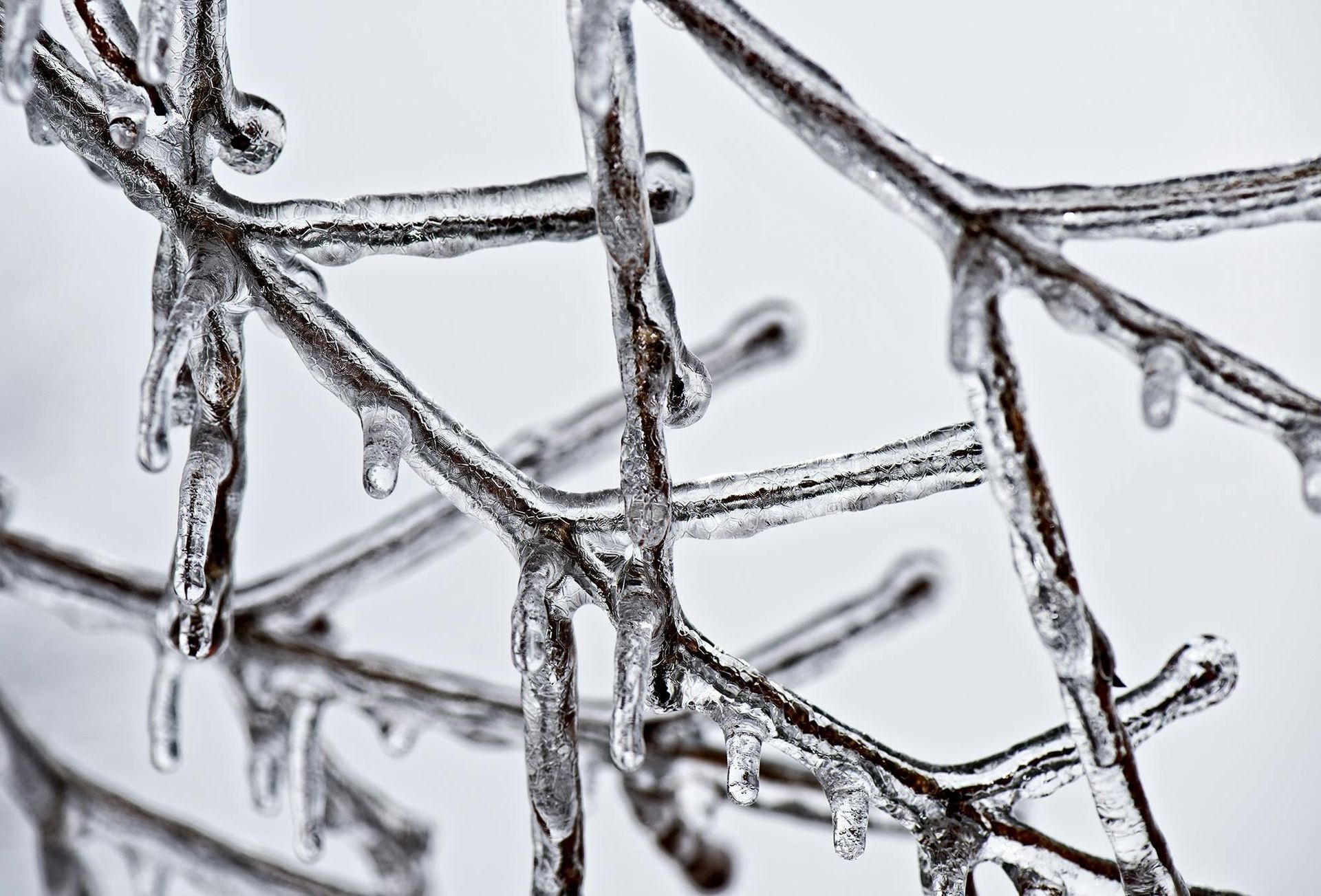5 Simple Ways to Show Your HVAC Some Love and Keep it Running Smoothly
Keeping your HVAC system running smoothly doesn’t have to be a daunting task. With just a few simple steps, you can ensure that your heating and cooling system is running optimally. Whether you’re looking to save money on repair costs or just want to keep your home comfortable all year round, these five tips will help you get the most out of your HVAC system. From cleaning the air filters to scheduling regular maintenance appointments, learn how to keep your HVAC system running smoothly with these five easy steps!
1. Replace the Filter in Your Furnace
If you want to keep your home warm and cozy this winter, it's time to replace the filter in your furnace. Some filters need to be replaced monthly, while others can last up to a year.
2. Clean or Replace Air Vents
Vent and duct cleaning involves the use of specialized tools, such as brushes and vacuums, to remove dust, debris, and other contaminants from air ducts. It can help improve air quality, reduce allergies and asthma symptoms, and help keep your HVAC system running more efficiently.
3. Vacuum Out the Air Ducts
Vacuuming out the air ducts is a great way to remove dust, dirt, and other contaminants from the ducts. This is typically done by using a vacuum attachment to the end of a hose and inserting it into the vents. Vacuuming out the air ducts will help to improve air quality, reduce allergies, and improve the efficiency of your HVAC system.
4. Use a programmable thermostat.
Yes, you can use a programmable thermostat to better control the temperature in your home. Programmable thermostats allow you to set different temperatures at different times of the day, so you can save energy by having the temperature lower when you’re away or asleep.
5. Schedule Regular Maintenance Appointments
A preventative maintenance plan will ensure that your heating and cooling system is running efficiently and efficiently. By scheduling regular maintenance appointments with your local AC and heating repair company, you can avoid costly repairs and enjoy the benefits of reduced energy use, increased indoor air quality, and lower utility bills. Give H&H Mechanical a call if you would like to speak with someone about adding your HVAC System to a Maintenance Plan. We have plans as low at $15 per month.






